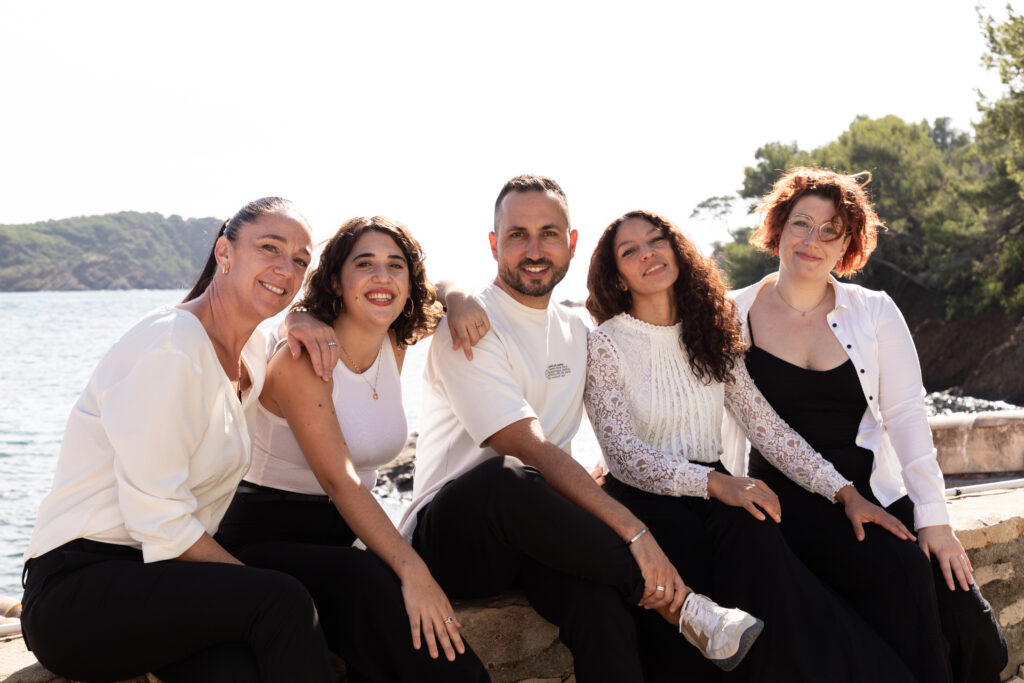
the needy child oral character structure
FollowOverview
-
Date de fondation 23 mai 2009
-
Secteurs Bâtiment
-
Posted Jobs 0
-
Vues 78
L'entreprise
Healing the Hidden Wounds of Oral Character: A Path to Emotional Resilience
Understanding attachment wounds within the oral character structure is essential for personal growth and emotional well-being. The oral stage, shaped during the early years of life, significantly influences our relationship patterns and coping mechanisms. Individuals exhibiting traits of the oral Reichian type character may struggle with issues related to trust, dependency, and emotional vulnerability.
Individuals exhibiting traits of the oral Reichian type character may struggle with issues related to trust, dependency, and emotional vulnerability. Recognizing these attachment wounds is the first step toward healing, allowing for deeper connections and a more fulfilling life. By exploring the characteristics of the oral character structure and identifying past experiences that have contributed to these wounds, individuals can begin the journey of self-discovery and healing. This process not only fosters resilience but also enhances interpersonal relationships, ultimately leading to a greater sense of empowerment and emotional stability.
Recognizing these attachment wounds is the first step toward healing, allowing for deeper connections and a more fulfilling life. By exploring the characteristics of the oral character structure and identifying past experiences that have contributed to these wounds, individuals can begin the journey of self-discovery and healing. This process not only fosters resilience but also enhances interpersonal relationships, ultimately leading to a greater sense of empowerment and emotional stability.
Recognizing the Signs of Attachment Wounds
Understanding how to identify and heal attachment wounds in oral character structure begins with recognizing the **signs** that indicate these wounds are present. Common traits of individuals with an oral character structure often include excessive **dependency** on others, difficulty in setting boundaries, and a pervasive fear of abandonment. Often, these individuals seek constant **reassurance** but are simultaneously unable to trust deeply. Behavioral patterns such as overeating, smoking, or other oral-fixated habits may also manifest as coping strategies to soothe emotional distress. Acknowledging these patterns is crucial; it allows individuals to recognize that these behaviors often stem from unhealed **attachment wounds** developed during the early stages of life. By reflecting on these behaviors, one can begin to unravel the deeper emotional issues that contribute to their struggles.
Exploring Early Life Influences
To effectively address how to identify and heal attachment wounds in oral character structure, it’s imperative to delve into the **early life** experiences that shaped these behaviors. The oral stage, according to psychodynamic theories, occurs during the first year of life and emphasizes the infant’s relationship with their primary caregiver. If this relationship is characterized by inconsistency or neglect, it can lead to difficulties in forming secure attachments later in life. Parents who demonstrate over-protectiveness or unavailability can instill feelings of **insecurity** and emotional disconnection in their children. Conducting a personal inventory of childhood experiences and relationships is an essential first step. By understanding these influences, individuals can begin to create a roadmap for healing, addressing the core **issues** at play.
Developing Self-Compassion
As individuals begin to understand how to identify and heal attachment wounds in oral character structure, one of the most important concepts they must embrace is **self-compassion**. Too often, individuals with oral character traits are harsh critics of themselves, driven by the internalized messages they received as children. Cultivating a sense of empathy and kindness toward oneself can significantly transform one’s emotional landscape. Practices such as mindfulness and journaling can aid in recognizing negative self-talk and replacing those thoughts with more balanced perspectives. Learning to forgive oneself for perceived failures or shortcomings also nurtures personal growth. Through self-compassion, individuals can validate their experiences and recognize that healing is not only possible, but they are deserving of a fulfilled life free from the burdens of their past.
Building Healthy Relationships
Relationships are a crucial part of learning how to identify and heal attachment wounds in oral character structure. Learning to cultivate **healthy communication** skills is vital for individuals working through their attachment issues. Individuals may find it difficult to express their needs or set boundaries due to the fear of being rejected or abandoned. Therefore, practicing assertiveness in relationships helps promote open dialogue. Forming connections with **supportive** individuals and surrounding oneself with people who foster trust can also tremendously benefit one’s healing journey. Engaging in group therapy or support groups can provide invaluable insights and affirmations from others with similar experiences. This process enables individuals to foster a **sense of belonging**, countering the feelings of isolation often rooted in attachment wounds.
Therapeutic Approaches to Healing
In the quest to understand **how to identify and heal attachment wounds in oral character structure**, seeking professional help may be necessary for deeper healing. Varied therapeutic approaches such as cognitive-behavioral therapy (CBT), psychodynamic therapy, and specialized attachment-based therapies can provide tailored healing pathways. Therapists can assist individuals in unraveling **deep-seated beliefs** and help them reframe their narratives. Techniques such as **emotion-focused therapy** can especially be effective for those with oral character traits, as it focuses on processing emotions and enhancing emotional awareness. By collaborating with a mental health professional, individuals can create structured plans to address their **specific wounds**, fostering growth and recovery in a supportive environment.
Engaging in Self-Reflection and Growth
The journey of healing is deeply personal, and understanding how to identify and heal attachment wounds in oral character structure requires ongoing **self-reflection**. Engaging in practices such as meditation, mindfulness, and reflective journaling can help individuals gain insights into their emotions and oral personality type behaviors. Setting aside time to reflect on daily interactions and emotional responses encourages awareness of **patterns** and triggers. Goals should be created with an emphasis on gradual growth rather than immediate perfection. All of these practices promote a healthier self-image and a deeper understanding of how past experiences influence present-day behaviors. This commitment to growth is essential for fostering emotional stability and resilience in the long term.
Conclusion
In conclusion, the multifaceted approach to understanding how to identify and heal attachment wounds in oral character structure encompasses recognizing the signs, exploring early life influences, and fostering self-compassion. Each step of the journey provides significant insights and opportunities for personal growth. As individuals focus on building healthy relationships, engaging in therapeutic practices, and committing to self-reflection, they cultivate the necessary tools for overcoming their past wounds. Ultimately, this journey not only leads to increased emotional stability and resilience but cultivates a rich, fulfilling life marked by genuine connections and empowerment. Investing in this process is a vital part of achieving a brighter emotional future.


